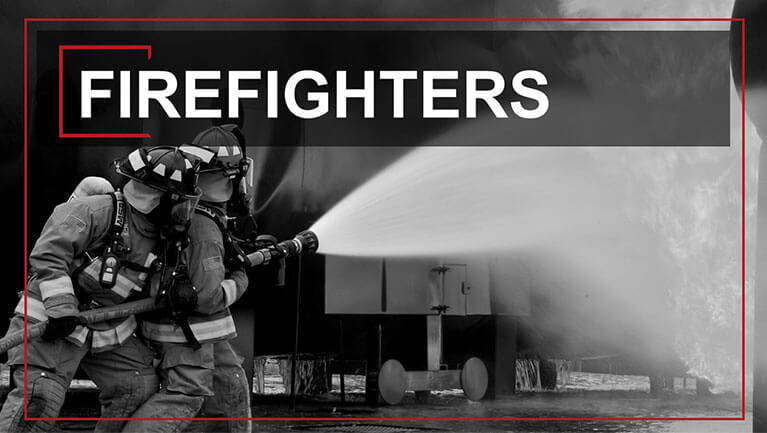How to Boost Your Legal Intake Process and Stop Losing Clients

When a potential client reaches out to you, you face a 30-second test.
React correctly, and your law firm could see revenue climb each year. Handle it poorly, and money walks out the door.
The difference is in your intake process. How much attention are you paying to it? In this post, our legal marketing firm shares savvy strategies for making it soar.
Take this real-life example:
Over the years, a mailman gradually bought property he saw for sale along his daily route. Eventually, he owned $40 million in real estate. But he didn’t have a will.
He needed a lawyer.
So he consulted with three attorneys. The first treated him outright rudely. The second treated him like a cold business transaction.
The third treated him like he was her best friend.
She asked about his family, his life, and made it clear she cared about him as a person, not just an income opportunity.
Who do you think he chose?
This story comes from nationally known law firm coach Jim Brown in a recent webcast hosted by Firmidable. His presentation was full of incisive ideas for fine-tuning your intake process to grow your firm.
You can watch a recording of the webcast here.
Many attorneys overlook intakes as a crucial part of their firm’s success. But a smart, smooth and empathetic intake system can mean the difference between a vibrant firm and a languishing one.
With a strong intake program, you get more cases—and better cases. You get a higher return on the legal marketing investment that brings in your case leads. You get more value for your time and effort, too.
“I once heard Jim say that he could make a nice living with all the leads and missed opportunities that most law firms let fall through the cracks in their intake process,” said Nathan Chapman, president of Firmidable. “And I believe him.”
Keep reading for more tips from Jim on how to optimize your intakes—and lead your firm to new heights.
Treat Your Law Firm’s Prospects with Empathy. It Pays Off.

If your law firm wants more cases, treat clients as human beings with real problems.
When a client contacts your firm, remember that they’re coming to you as a person in need. They’re dealing with a personal injury, an employment law issue, an estate planning matter, a workers’ compensation claim or some other life-altering problem.
Jim noted the thing people dislike most about lawyers is the fact that they have to hire one in the first place.
“Life has become so complicated that people resent that they need an attorney,” Jim said. “You can break down that barrier in the first 30 seconds of the phone call. The person talking on the phone should tell them, ‘It’s a shame you have to hire an attorney. But that’s why this firm was created. This firm was created to help you with the problem you called us about.’”
As in the example at the beginning, if your firm is looking for more cases, don’t treat clients as business prospects. Treat them as human beings with real problems.
Make your receptionist a priority. That’s the first person speaking to potential clients and the first possible block on a prospect becoming a client. Empowering receptionists and emphasizing the importance of their role can turn leads into cases every day.
“I tell my clients to change the (title) of receptionist to Director of First and Last Impressions,” Jim Brown said. “Great receptionists become even better with that title. Get them business cards, plaques with that title, and you’ll be amazed.”
He even suggests having your whole firm participate in professional empathy training once or twice a year.
Educate Your Law Firm’s Intake Team on What It Takes to Win a Case
Just like your receptionist, the people deciding which clients to accept and which to turn away are hugely important to your firm’s success.
A few tips to improve every step of your intakes:
- Educate your intake team about what makes a case winnable. It sounds obvious, but you’d be surprised how many firms don’t do this. It makes a huge difference.
- Hold a meeting with your intake team every three months. Reinforce what you want from them. Talk about what’s going right and what’s going wrong. You can always improve your process.
- Follow up with the potential clients you turned away. Often, you might find they won their cases with another firm. Many lawyers never think to call the clients they passed on and see how their cases turned out. If you do, you could be surprised at the insights you’ll gain.
- For bigger firms, consider a two-tiered intake process. Have one person answer the phone and log the prospect’s information. Have a second person gather the details of the case to help make a faster decision on whether to take the client or not.
- Track your intake employees’ performance. How many appointments are they making? How many prospects are they converting to clients? And how many of those clients won their cases? Give them bonuses for good performance. It works.
A Surprising Way to Keep Your Intake Packets from Going Missing

If you’re sending out intake packets, never to see them again, you can get off-duty firefighters to follow up at clients’ doors.
So your law firm nailed making a great first impression. A client said on the phone they wanted to sign up with you. You sent them your intake packet.
This is the point where lawyers across the country dread getting “ghosted.” Though you sent out your packet—you never hear from them again.
It’s draining.
If your firm struggles with this, consider hiring a firefighter to solve your problem. Seriously.
Some lawyers enlist a courier service to shepherd their intake packets back. Firefighters can be a more efficient, reliable and cost-effective alternative.
Firefighters often work strange hours in their regular jobs—logging a 24-hour shift and then taking off the next 48 hours, for example. This leads many to look for second jobs or part-time gigs when they have long breaks from work.
“Firefighters look presentable. They’ll go into any neighborhood,” Jim said. “You create an ID on your computer and then laminate it. Pay them per head for each house that they go to, and they do a great job.”
You can go to your nearest firefighters’ union and gauge interest. Jim works with a firm that receives 200 clients a month, all signed up by firefighters. Some firms even give the firefighters a tablet computer and a portable printer to further streamline the process of getting clients to sign.
Give it a try.
“They don’t have to know anything about your area of law,” Jim said. “They just have to know how to say, ‘Sign here.’”
Goodwill Can Go a Long Way for Your Legal Practice
Remember the mailman turned real estate mogul?
When he needed a lawyer, you probably guessed that he went with the third one he met, the one who treated him like a close friend.
You were right. Her firm drafted his will. And a lot more.
“That firm ended up doing his estate planning, does all his tax work and negotiates all the buys and sells of every building he does now,” Jim said. “And (the firm) makes over $100,000 a year in fees on this person. All because the lawyer who met with him the first time was so personable, so respectful—and did it just the way you should do it any time you meet a new client.”
If you want more information about upgrading your intake practices, CONTACT US AT FIRMIDABLE.
Firmidable is the nation’s best legal marketing agency. We know more than anyone about how Americans choose their lawyers.
